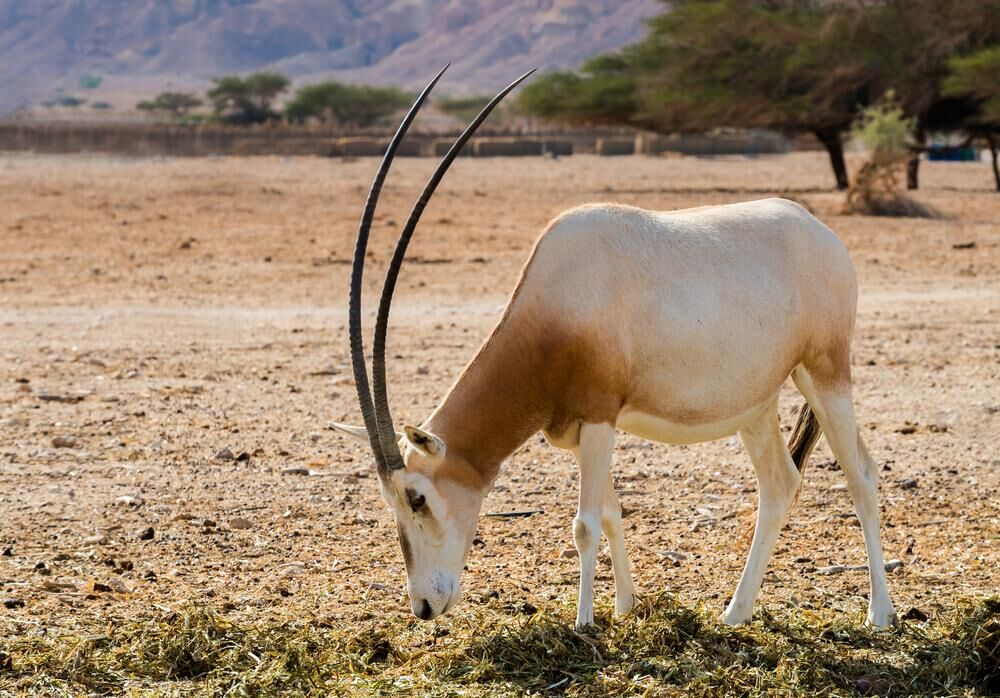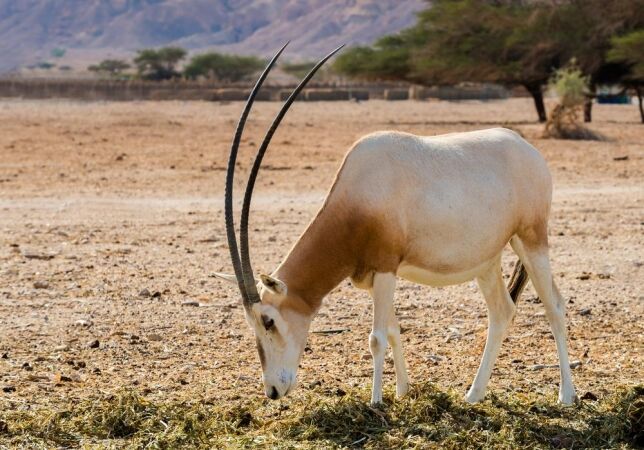

As one of Africa’s largest bovids, the roan antelope (Hippotragus equinus) is only bested in size by the Cape buffalo and eland. They are one of the largest antelope species worldwide, and a perfect specimen to target on your next African hunting safari.
This large antelope is native to Western, Central, and Southern Africa. Their preferred habitats include tropical and subtropical grassland, savanna, and woodland type areas.
Roan antelope, like their Africa plains game counterparts, prefer to graze on grasses and shrubs while occasionally consuming herbs and tree pods. They consume vast amounts of water and seek out territories close to watering holes or water sources.
Herds of up to 20 animals, with a dominant female are common, with most herds having one adult bull. Younger males and old bulls usually live outside a herd, making them an easier target on the Africa plains game hunting safari. These big game antelopes require large areas of space to breed and thrive. Dominant bulls will duel in brutal fights to protect their territory. Should one of the bulls not yield, death is certain. Another factor in this territorial nature is that roan will not typically be seen in areas where there are other animal populations.
Roan females reach breeding maturity at around 2.5 years of age. Their gestation period is approximately 9-months, and females bare a single calf at a time. They will typically isolate themselves for approximately 1–2 weeks before giving birth. After giving birth, the mother will hide the calf, leaving it in a bushy or grassy area and returning regularly to feed it. When they reach 5-6 weeks, the calf will join the herd.
Predators of the roan include hyenas, wild dogs and leopards.
Name:
Oryx Dammah
Weight:
300–460 pounds
Shoulder Height:
48 inches
Range:
Conservation Reserves in North Africa, South Africa
Mating Season:
Throughout the Year and Influenced by Season
Life span:
14 Years in the Wild and Up to 20 in Captivity
The Scimitar-Horned Oryx has Keen Eyesight and Quick Responses
The scimitar–oryx boasts a white coat with a reddish brown chest and black face markings. These unique features help this Oryx reflect the sun’s relentless heat and provide protection against sunburn. Calves are usually yellow–colored at birth with no distinctive markings, and change to adult coloring happens between 3-12 months. Both males and females have horns that are long, slim and curved backward, and it's for this reason that the species was named after the scimitar-style sword. These horns can reach 3–3.11 feet in length, with the difference being that the female’s horns are slenderer. The hollows of these horns are thin and are known to break easily. Males reach around 48 inches tall at the shoulder and weigh 300–460 pounds. Females measure 48 inches at the shoulder and weigh 200–300 pounds. Both sexes also feature a tufted tail measuring 18–24 inches.? Historically, the young oryx fell victim to predators like lions, leopards, cheetahs, jackals, vultures, and hunting dogs. In the wild, populations graze on grass, herbs, shrubs, succulent plants, roots, and fruit. The scimitar–oryx can survive 9–10 months without water due to adaptations of the kidneys, and its unique adaption assists them in conquering the dry, harsh, and hot desert steppe environment preferred by these Africa plains game. They are diurnal, meaning they are more active during the day, especially early mornings. They consume plants that are soaked in dew, allowing them to access moisture in the arid terrain.
First and foremost, hunting this animal requires access to private land where the trophy hunting of selected individuals is used as a means of securing funds. Wild hunting is available in areas of Sudan, but due to levels of unrest and terrorism, this is highly discouraged. Hunting is available year round, but the main season is April – October. The best method to target this species is using the spot–and-stalk method. It’s common to cover your ground by vehicle and, once sighted, to stalk on foot.
These animals are known for their keen eyesight, making a stalk extremely difficult, but the reward of harvesting this beautiful and rare antelope is well worth the challenge it takes!
These antelopes are often hunted at a further distance. Head shots are to be avoided. A .308 with a 22-inch barrel loaded with 168 grain is a favorite. Any rifle in the 30 caliber series will create a platform for success when hunting the beautiful Scimitar-Oryx. A smaller caliber, such as a well-placed shot from a .270 or .243 will also work. Given the history of this elegant animal, it is a hunt one could almost feel privileged to be part of. Stalking your target through an open plain, waiting for the right moment, and being rewarded with a set of horns fragile in nature but strong in history sounds like a good reason to remember scimitar–oryx when seeking out rewarding plains game hunting options.
Search from our range of Hunts across various popular destinations in Africa.
Find A Hunt